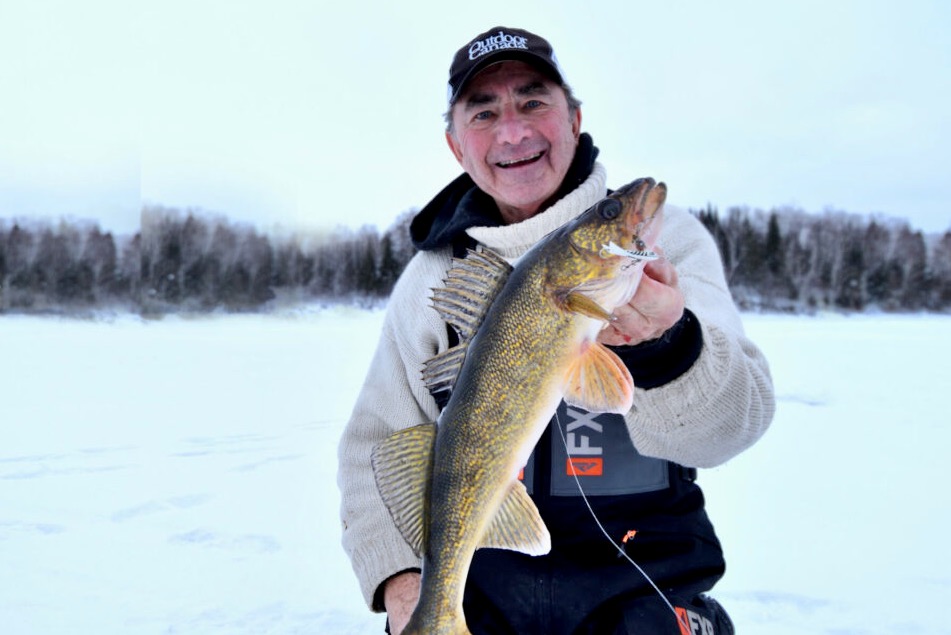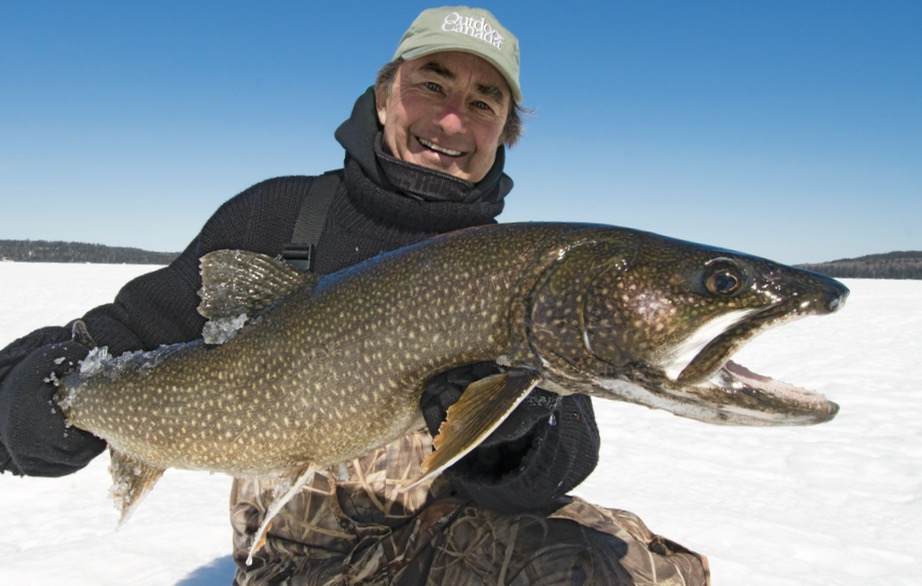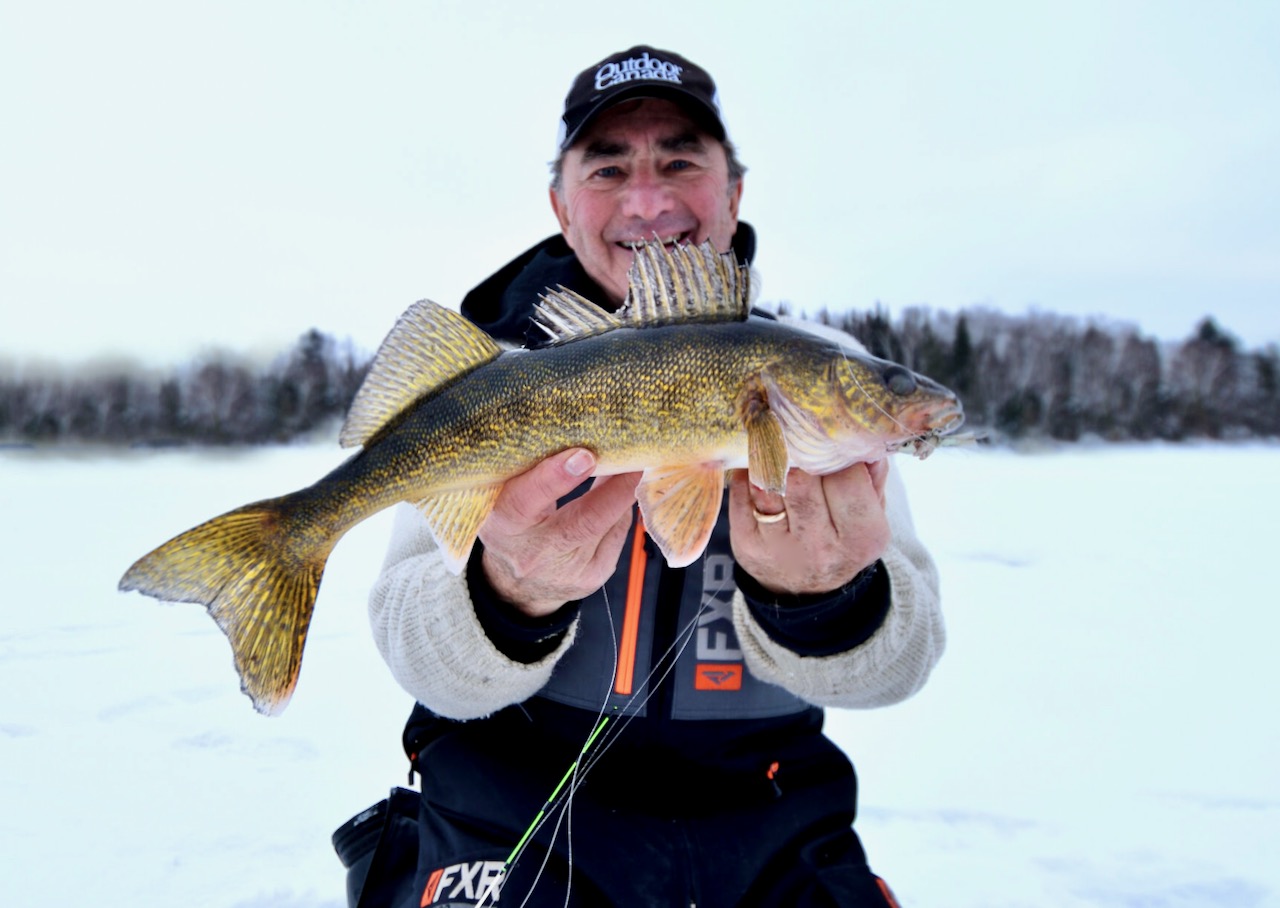GOOD, GOOD, GOOD, GOOD VIBRATIONS
To seal the deal, you need to understand a fish's incredible "sixth sense"
Advertisement
I’m pickin’ up good vibrations
She’s giving me excitations
Good, good, good, good vibrations
If you’re of a certain vintage, you’ll remember the Beach Boys’ classic hit song “Good Vibrations” from the mid-1960s. I was humming it incessantly the other day—I couldn’t get the blasted tune out of my mind—after two things happened out on the ice. The first was landing a beautiful ebony-black lake trout with snow-white eyes. It was clear that the trout was blind (and it was black because it lived in a world without light), yet it streaked across my sonar screen like a heat-seeking missile, and walloped the William’s Bully spoon I was ripping.
Advertisement
Then, I spent the next afternoon jigging for walleye at sunset. The fish came in hot and heavy, locked onto my Snap Rap, then hit the brakes with their noses almost touching the lure. It was evident that my jigging cadence was calling them in from afar, but they were hesitating at the last second to take the bait. So I stopped jigging belligerently when I saw a fish sizing up the bait, and ever so gently wiggled it back and forth, so it barely trembled. Those final movements were the coup de grace that nine times out of 10 elicited a vicious strike.
What both experiences confirmed was perhaps the most-overlooked aspect of catching fish through a hole in the ice (or in open water), and that is the power of good vibrations. I say “overlooked” because we marvel at how well fish can see and hear, and how deftly they can smell and taste our baits. But we seem to ignore their absurdly powerful ability to feel good—and bad—vibrations. That blind lake trout that I caught, for example, had no difficulty whatsoever, zeroing in on my spoon, turning on the afterburners and attacking it. And the walleyes rushed to my Snap Rap but would only hit it after they felt the subtle cue that told them, “This thing is worth eating.”
Advertisement
The fact is, most of the time fish use their lateral line to reassure themselves that our baits are safe. They may see, hear or smell them first, but it is almost always the vibrations they detect through their lateral lines—what scientists call a hydrodynamic sensory system—that finally convince them to strike.
I mean, how crazy is this: the hundreds of neuromasts that comprise a fish’s lateral line, detect and amplify low frequency vibrations so acutely that they can sense into the past. That is, lake trout, walleye, whitefish and pike can detect where a prey fish recently swam through the water column—or where you were recently jigging your lure.
Advertisement
Researchers call the lateral line the “sixth sense” for fish, and the “sense of distant touch.” It’s also how schooling species like walleye, salmon and herring can swim in large groups and avoid running into one another and turn, en masse, in the middle of a moonless night. The same lateral line sense helps them detect prey, and avoid predators.
So the next time you’re watching your sonar screen and a giant lake trout, walleye or whitefish appears and starts giving you excitations, pull the trigger with good, good, good, good vibrations.




